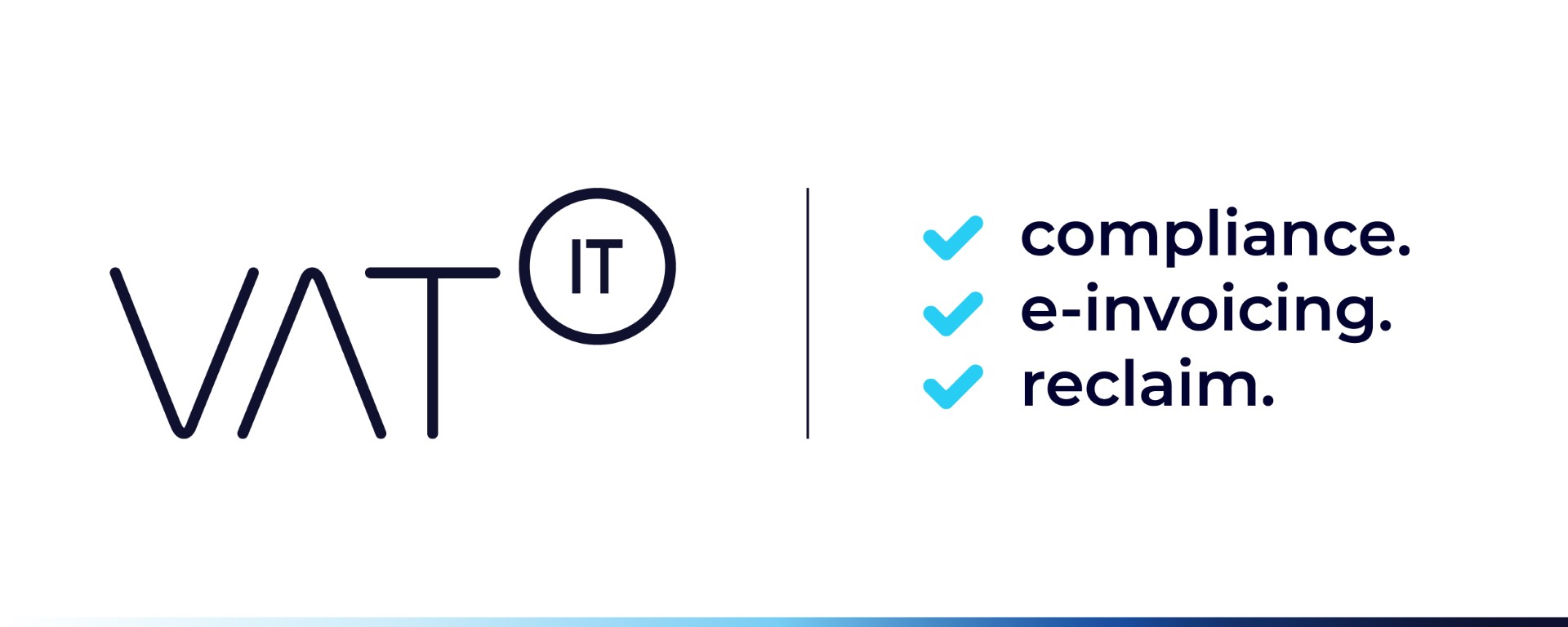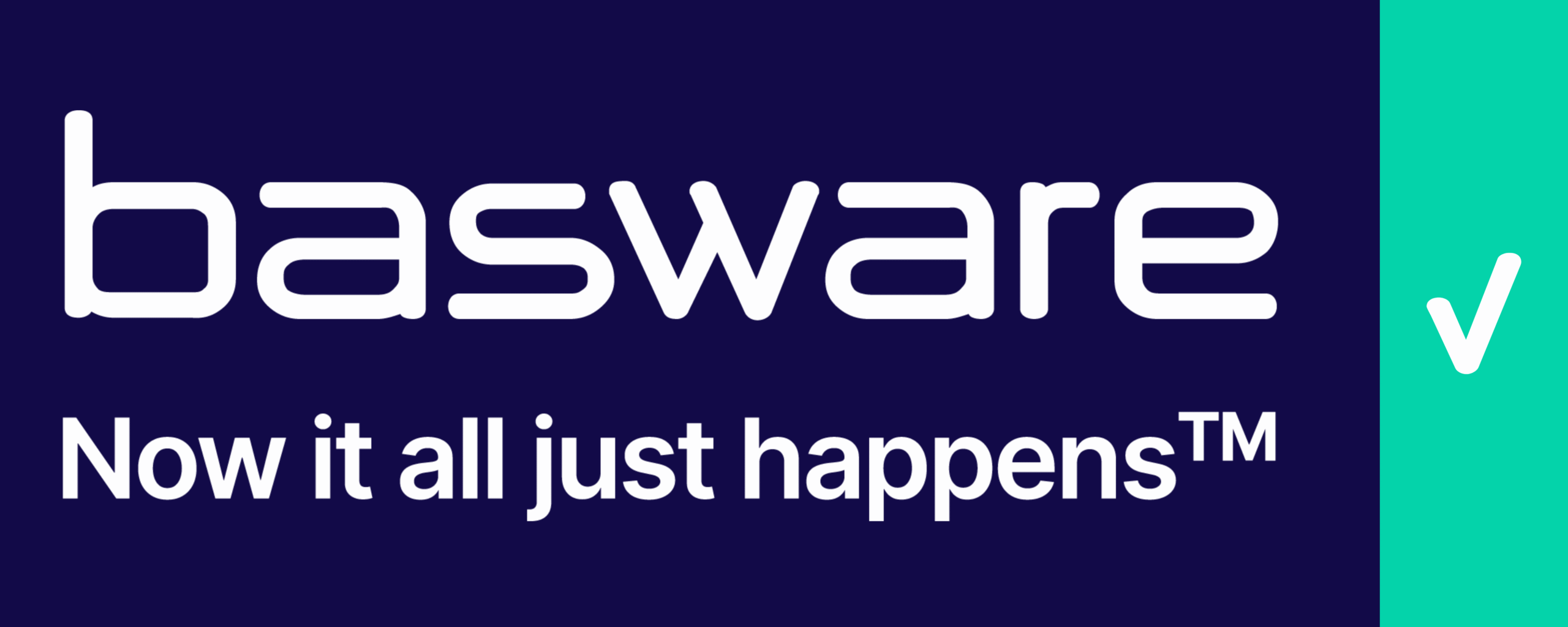The word “disbursement” can be confusing from a VAT perspective. In Joe’s example, the train fare is an additional cost Joe’s business incurs in order to enable Joe to provide services to his customers. In addition, Joe is not providing a transport service to his customers. It just happens to be the case that in Joe’s charging structure (or it is customary in his business) he details the cost of transport within his formula for calculating the charge to the customers. As a result, Joe would need to charge VAT on the full amount.
In contrast to this, there are a few very limited cases where a business makes a payment on behalf of its customer and passes this cost onto the customer. In such a case it may be possible for the business to leave out these payments when it charges VAT. In the UK, disbursement treatment can only apply where all of the following apply (as detailed in HM Revenue & Customs ‘HMRC’ Guidance):
Source: way2vat.com
Latest Posts in "United Kingdom"
- Nutella Biscuits Win VAT Exemption: Tribunal Rules Chocolate Is Filling, Not Coating
- UK Tribunal Clarifies VAT Exemption for Welsh-Regulated Private Welfare Services in Supported Living Case
- Employment Agency’s Reimbursed Medical Staff Costs Not Exempt from VAT, Tribunal Rules
- VAT Exemption for Welfare Services Applies to Both English and Welsh Operations, Tribunal Rules
- HMRC Updates VAT Deduction Rules for Overseas Insurance Intermediary Services After Tribunal Decision















